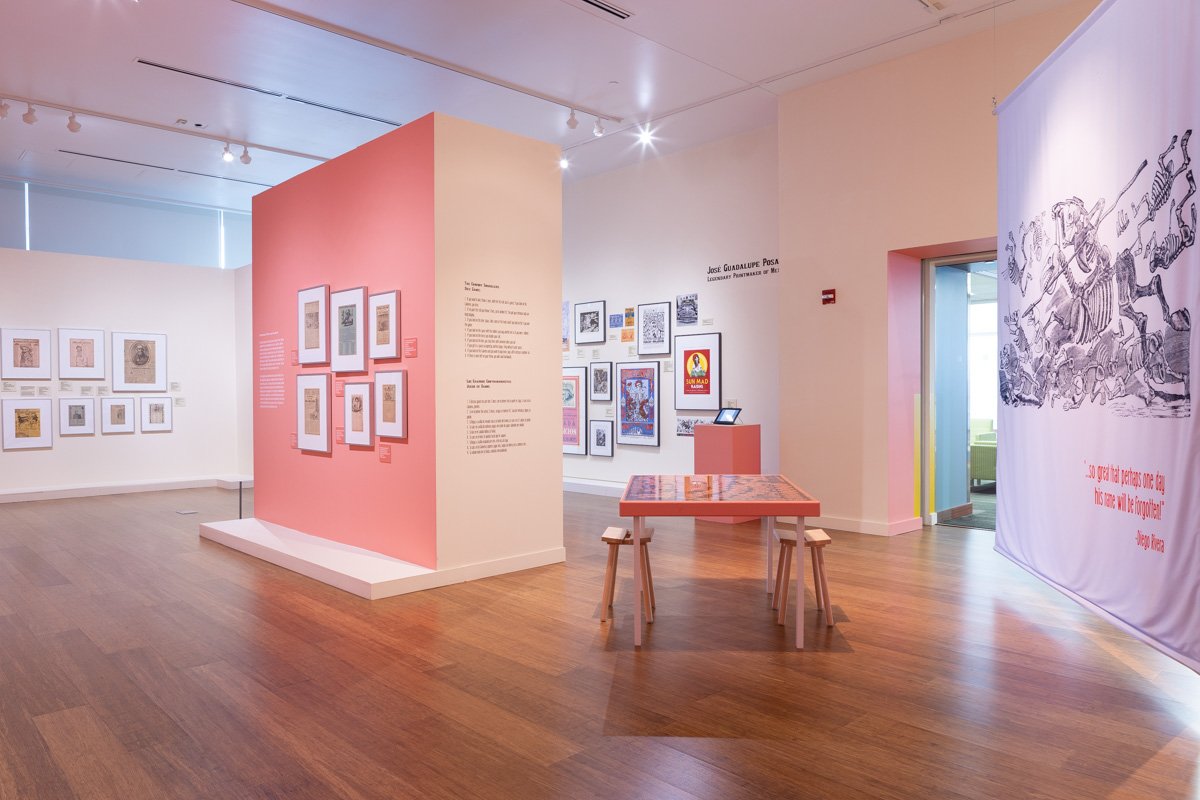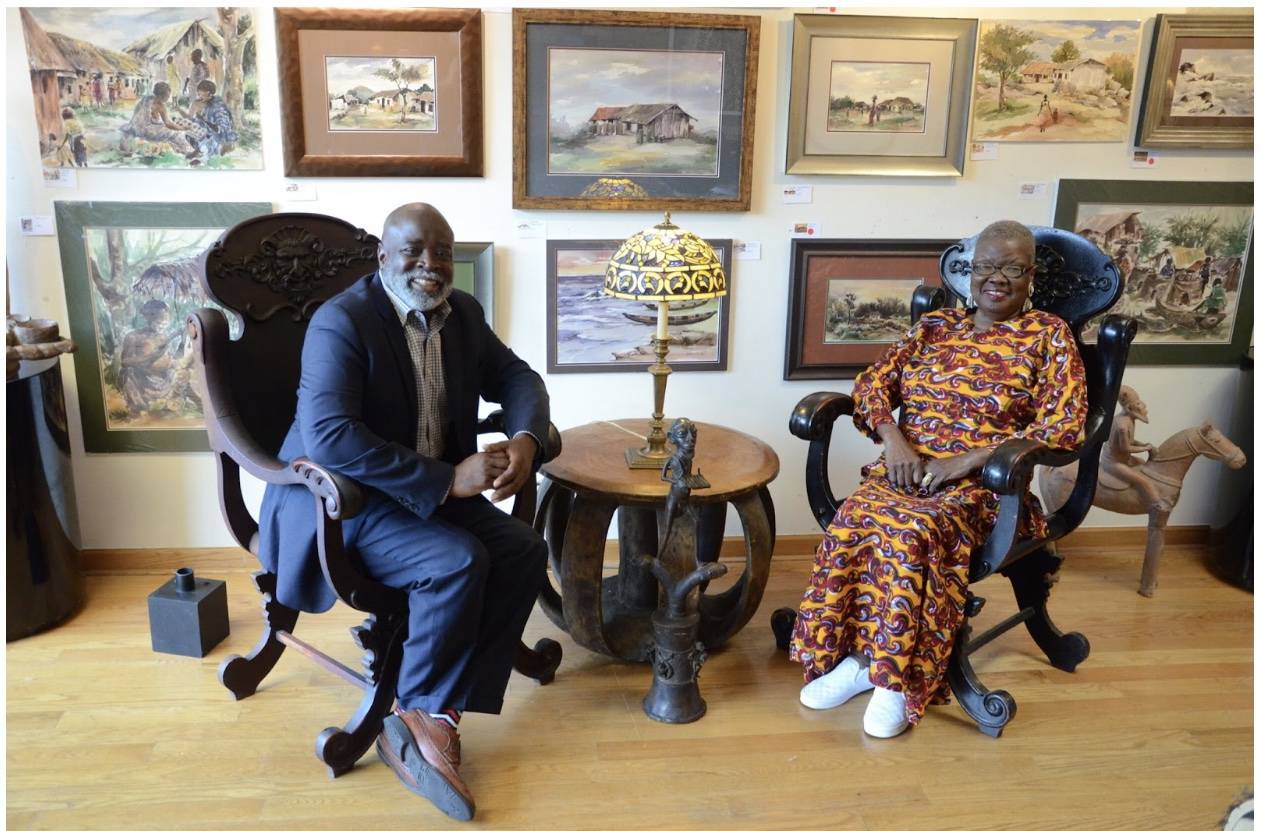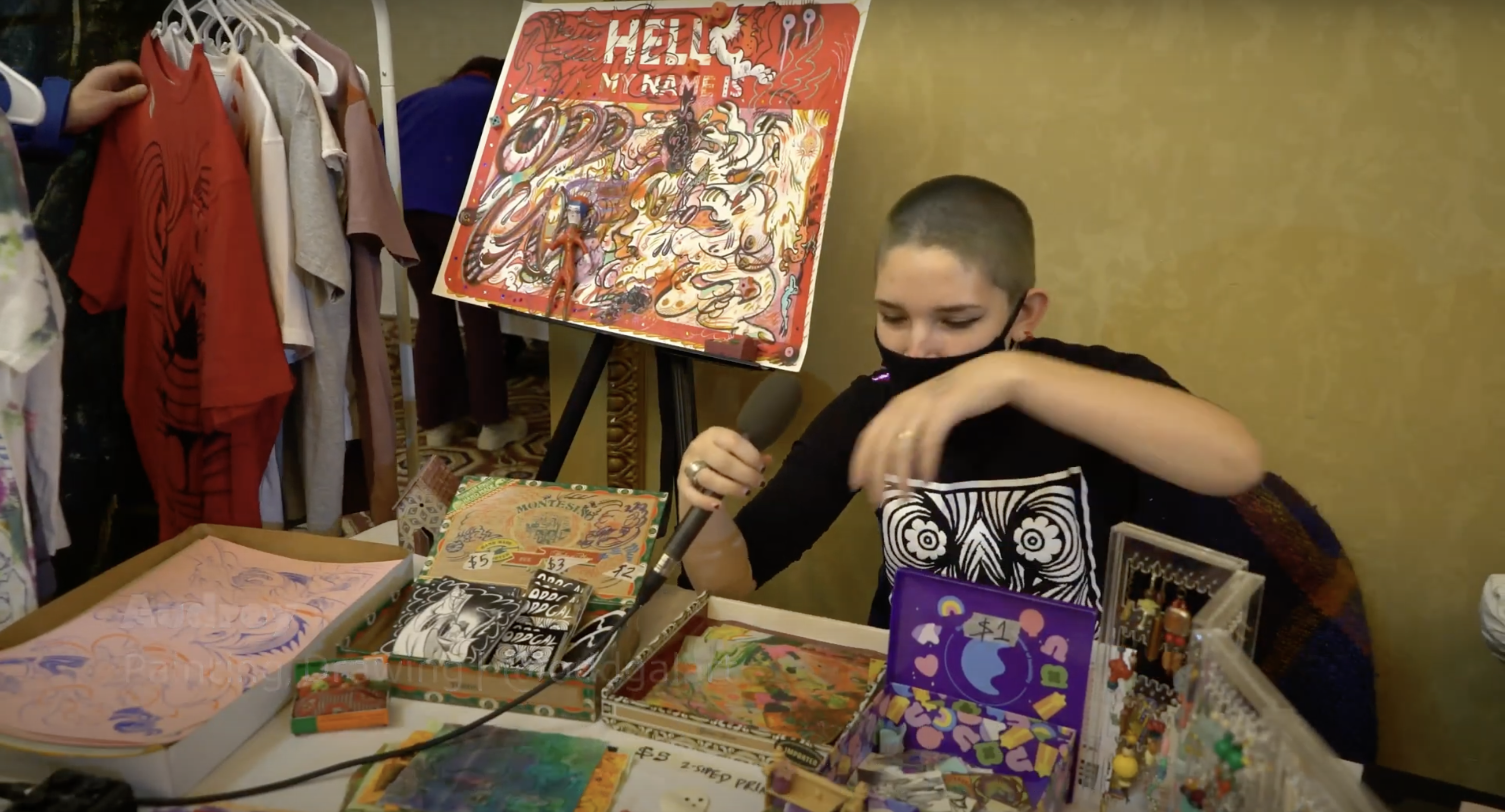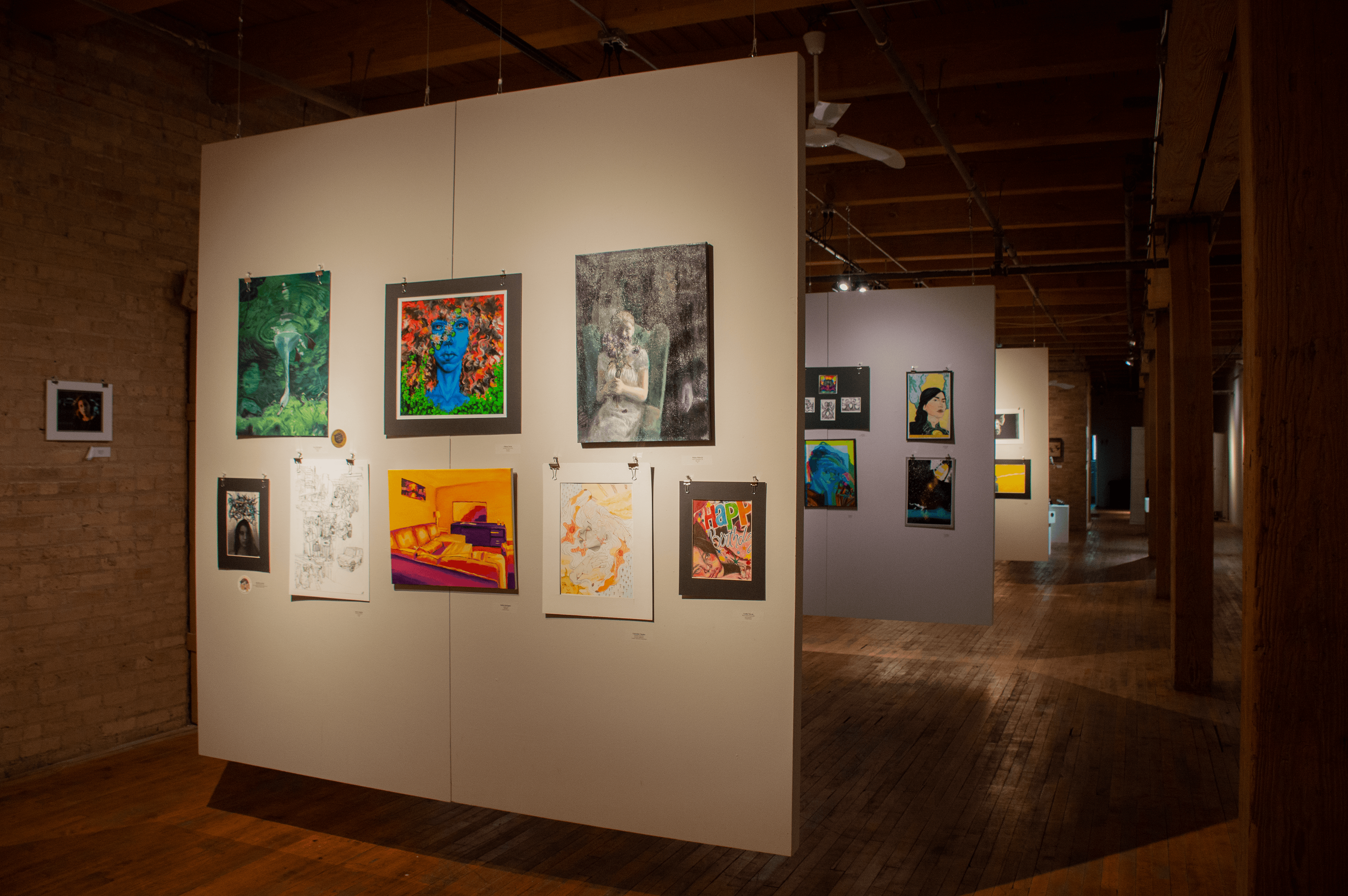The Cleve Carney Art Gallery in Glen Ellyn, Illinois, will soon upgrade to the category of museum in preparation for what will be their most high-profile exhibition so far: a 26-piece show of works by Frida Kahlo. The main exhibition space for the College of DuPage, which closed for renovation this September, is scheduled to reopen in March 2020, just a few months before this show opens in June.
Since its construction, the gallery, now renamed the Cleve Carney Museum of Art, had mostly hosted work by Chicago-based artists, as well as DuPage faculty and students. The Kahlo exhibition came about thanks to a friendship between Alan Peterson, a benefactor of the college, and Carlos Phillips Olmedo, director of the Dolores Olmedo Museum, home of the largest collection of works by the Mexican artist.
“This show is really out of the ordinary for us, which we’re enjoying a lot. We’re often overwhelmed by what an amazing opportunity this is,” said Heidi Holmes, assistant curator for the museum, located in the college’s McAninch Arts Center.
The show, scheduled to run next summer from June 1 to August 31, will include 19 paintings and seven drawings by Kahlo, as well as a historical exhibit that will give insight into the artist’s life, displaying replicas of her clothes, bed, and medical devices. To prepare for the exhibition, the museum will undergo a 1,000 square-foot expansion, as well as an upgrade to their lighting system and temperature and humidity control.
The last show hosted by the gallery before its temporary closure, a retrospective of Mexican printmaker José Guadalupe Posada, served as a lead-in to the upcoming exhibition, showing an artist that was influential in Kahlo’s work. Posada, who was active from the late 19th century up until his death in 1913, is best known for popularizing the image of La Catrina, a female skeleton that represents death in the Mexican tradition and is most often associated with Day of the Dead festivities.
The show gave particular emphasis to Posada’s satirical work in partnership with newspaper publisher Antonio Vanegas Arroyo. These prints depict smiling skeletons in all sorts of circumstances, from sweeping streets to reenacting a battle from the French Intervention in Mexico. Posada usually made the skeletons highly expressive and energetic, conveying a playful tone representative of traditional Mexican views towards death.
“A lot of Posada’s drawings are not true-to-life illustrations,” Holmes said. “They’re exaggerated, inspired, funny little takes — a lighter tone for sure.”
The Posada exhibition offered a unique insight into Mexican society at the turn of the century, as a nation that always found a way to laugh and cope with common hardships. The printmaker himself, Holmes says, wouldn’t have thought of his work as art, yet his aesthetic style continues to shape Mexican popular art to this day.
“It’s almost like he was a factory worker in the newspaper, producing so many images,” she added. “He would never have considered himself to be an artist or artisan, just a hard worker representing the Mexican people.”
The exhibition included a segment that helped solidify Posada’s cultural legacy: a section of multiple works to show the printmaker’s influence in popular culture. This section covered all sorts of cultural references, from a photograph of Diego Rivera’s famous mural “Dream of a Sunday Afternoon in the Alameda Central,” in which he includes both Posada and La Catrina, to a poster for a Grateful Dead concert that copies a Posada print of skeletons dancing to folk music with harp accompaniment.
Like Posada, Frida Kahlo’s cultural impact transcends her. Her face and her work are everywhere, to the point of parody, becoming an indelible part of the Mexican imaginarium. The upcoming show will no doubt attract a wider audience to the Cleve Carney Art Museum, which will now have the space to program larger, more ambitious exhibitions.






















